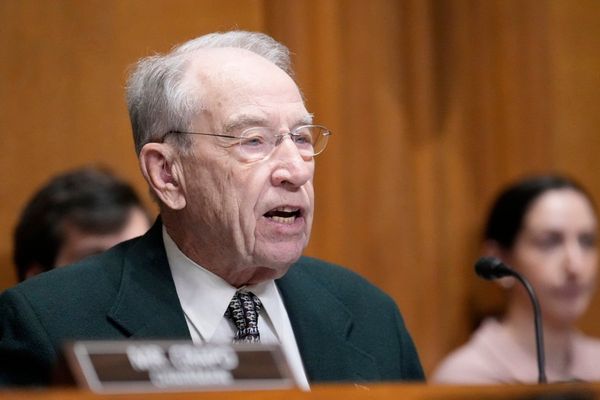
The U.S. Supreme Court on Thursday upheld the structure of the Consumer Financial protection Bureau, the watchdog agency set up by Congress after the 2008 financial crash to protect consumers from predatory and deceptive practices by financial institutions.
The vote was 7-to-2. Writing for the court majority, Justice Clarence Thomas focused on the text and history of the appropriations clause of the Constitution, all of which, he said, give Congress broad discretion and flexibility as to how it authorizes funds to be drawn from the Treasury. He noted that the very first Congress allowed several executive agencies to fund themselves from revenue they collected, much like the CFPB does today in getting a capped amount from fees collected by the Federal Reserve system.
Justices Samuel Alito and Neil Gorsuch dissented. They said that the court had turned the appropriations clause of the constitution into a "minor vestige," allowing the CFPB to "bankroll its own agenda without any congressional oversight."
Congress created the CFPB after the 2008 financial crash to protect consumers from what were seen as predatory and deceptive practices by financial institutions. Since then, the bureau has established consumer protections for transactions ranging from mortgages to credit cards. But payday lenders have, for years, fought regulations that would limit excessive fees charged on small loans of just a few hundred dollars — fees that often end up costing people thousands of dollars.
Then, last year, the 5th Circuit Court of Appeals ruled that the CFPB's structure is unconstitutional because, instead of an annual congressional appropriation, Congress set the agency's funding at a capped amount that comes from banking fees paid to the Federal Reserve System.
The government appealed to the Supreme Court because many other agencies are similarly funded, including the Federal Reserve itself; the FDIC, which insures bank deposits; the Office of the Comptroller of the Currency, which charters and regulates all national banks; and potentially even Social Security and Medicare, which are funded by a specific tax.
There was one rather odd feature of the Thomas decision: His was the opinion of the court for all seven members of the majority. But five of those seven— wrote or signed on to a concurring opinion. Justice Elena Kagan's concurrence was joined not just by liberal Justice Sonia Sotomayor, but by Justices Amy Coney Barrett and Brett Kavanaugh, both Trump appointees. They stressed that beyond just the years before and at the founding, but throughout our history, Congress has had flexibility in making spending decisions.
Kagan is not a justice who usually writes just to hear the sound of her own voice, so something is going on here. Maybe it's a signal to the Fifth Circuit Court that they can't keep making decisions that wipe out not just decades, but hundreds of years of precedent. Or maybe we will have a better idea later in the term why the four wrote separately to stress congressional flexibility in making spending decisions.
There are lots of big cases yet to be decided in the coming weeks, many that come from the Fifth Circuit, appeals of some pretty far out decisions involving everything from social media, to the abortion pill, to gun bans for domestic abusers and the federal ban on bump stocks—and all of those come from the Fifth Circuit, which has 17 judges, 12 of them Republican appointees, six of them appointed by Trump, and some of whom were Thomas law clerks.







